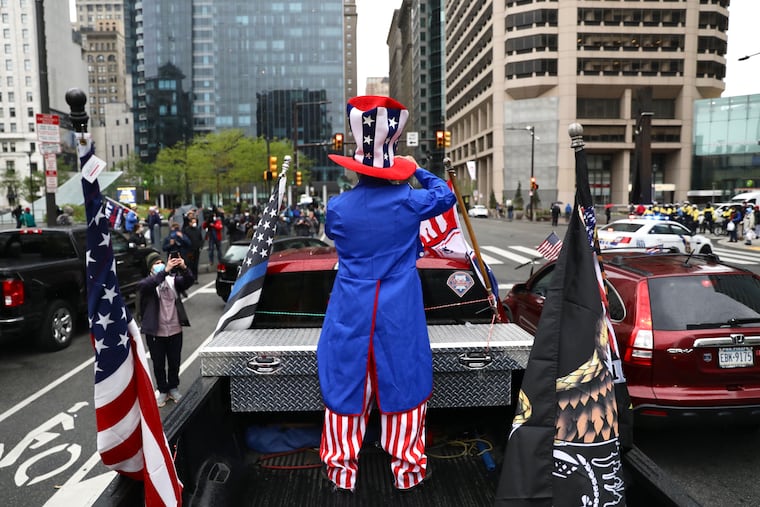Drexel researchers estimate Philadelphia’s coronavirus lockdown saved 6,200 lives
By shutting down Philadelphia for 45 days, the city avoided about 57,000 hospitalizations and 6,200 deaths, Drexel researchers estimate.

As the hardships of coronavirus shutdowns grow and pressure to reopen mounts, public health researchers at Drexel University are modeling the deaths and suffering that have been — and could be — averted by these unprecedented measures.
Using an interactive model developed by the New York Times, Drexel’s Urban Health Collaborative estimated how many hospitalizations and deaths were prevented in 30 big cities, including Philadelphia, where stay-home orders took effect March 23.
Compared with imposing no safeguards, the first 45 days of the City of Brotherly Love’s shutdown was estimated to have avoided about 57,000 hospitalizations and 6,200 deaths.
Keeping the city hunkered down until May 22 would be even better, preventing 68,000 hospitalizations and saving 7,100 lives.
So far, Philadelphia has had 18,539 confirmed cases and 908 deaths, according to city health officials.
“Some communities struggle with seeing the value of staying at home. And it’s a privilege to be able to stay at home and not work, or work remotely," said Amy Carroll-Scott, coleader of Drexel’s Urban Health Collaborative, which studies how to improve urban health. “Messaging is important,” she said, to convey the benefits of social distancing.
The issue of how and when to reopen economies without setting off a resurgence of infection has become heavily politicized. President Donald Trump and some red state governors want to push ahead. Public health experts and blue state governors are warning that mitigation strategies, including more testing and contact tracing, must first be in place to keep the virus contained.
Pennsylvania Gov. Tom Wolf’s reopening plan also requires a low level of new infections (50 per 100,000 inhabitants over 14 days) — a threshold that Philadelphia is nowhere near, even after 51 days. Philly counted 224 new confirmed cases on Tuesday. Big cities across the country are seeing the same trend; lockdowns have caused daily case numbers to plateau and decline a bit, but not plummet.
This stubbornly high level of infection despite shutdowns that have lasted well over a month — the presumed length of the life cycle of coronavirus infections — has defied models that attempt to project the future. The Times’ model may also be way off; it suggests that if the U.S. keeps shutdowns in place for 80 days, through late May, there would be almost no virus transmission from then through late October.
“We know there are caveats with a model,” Carrol-Scott acknowledged. “It is based on some assumptions. We hope eventually to have a clearer picture."